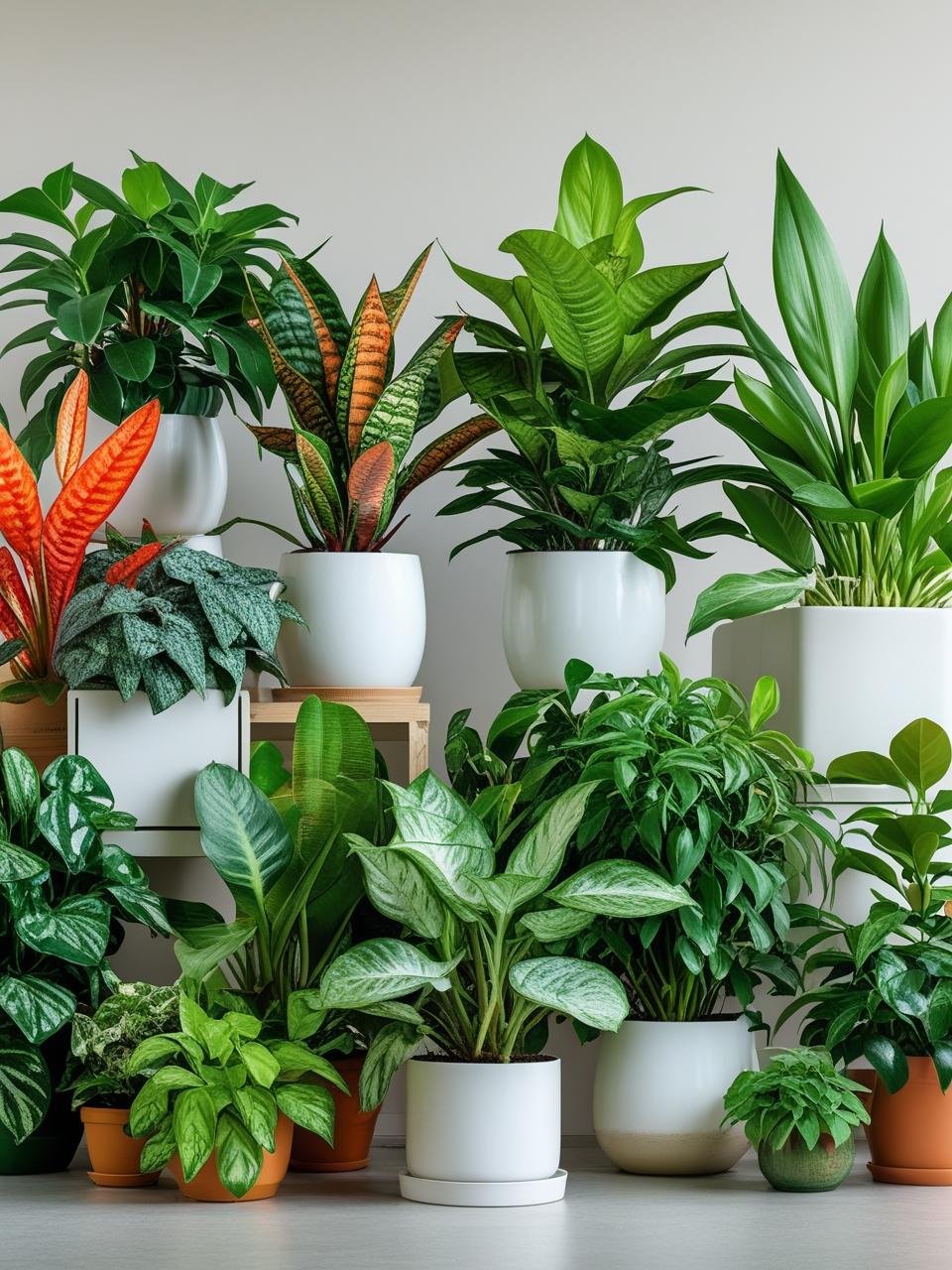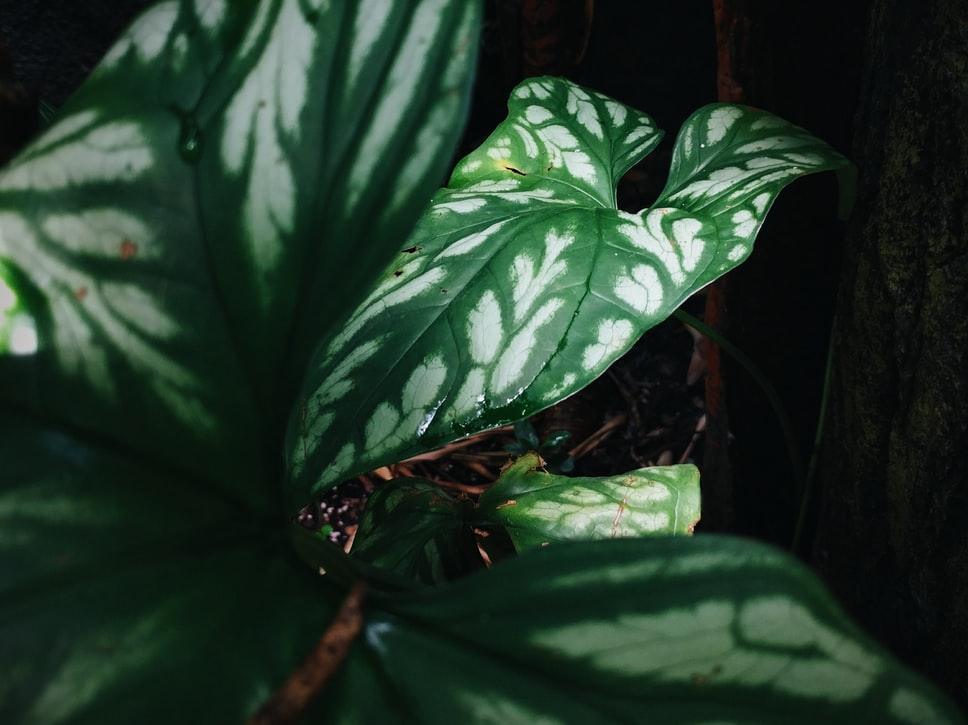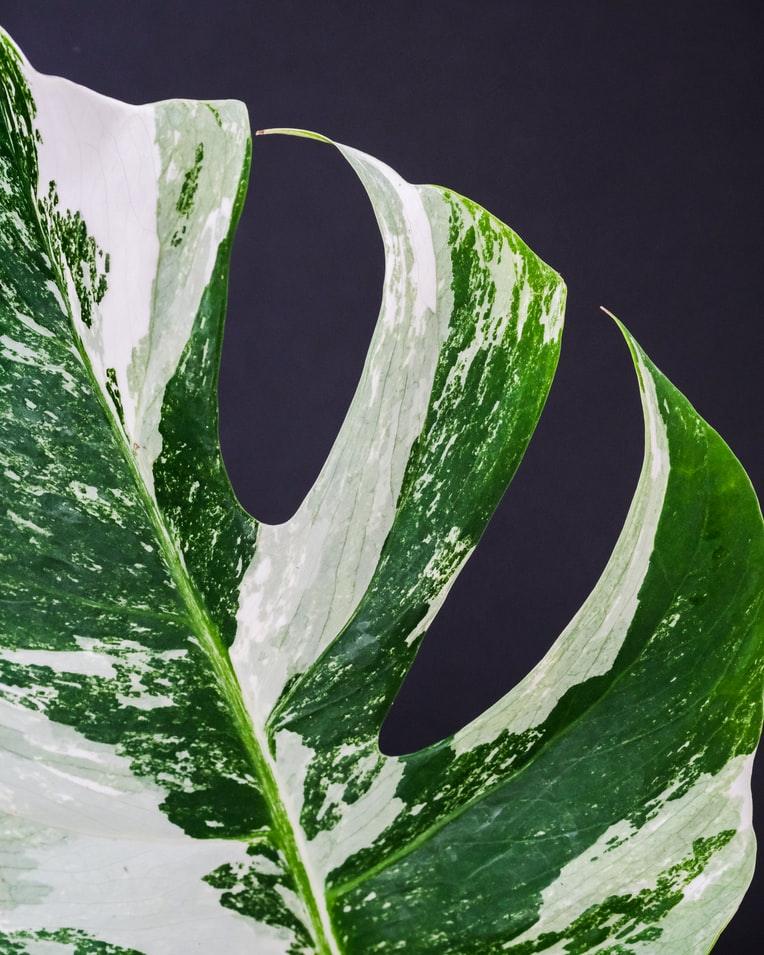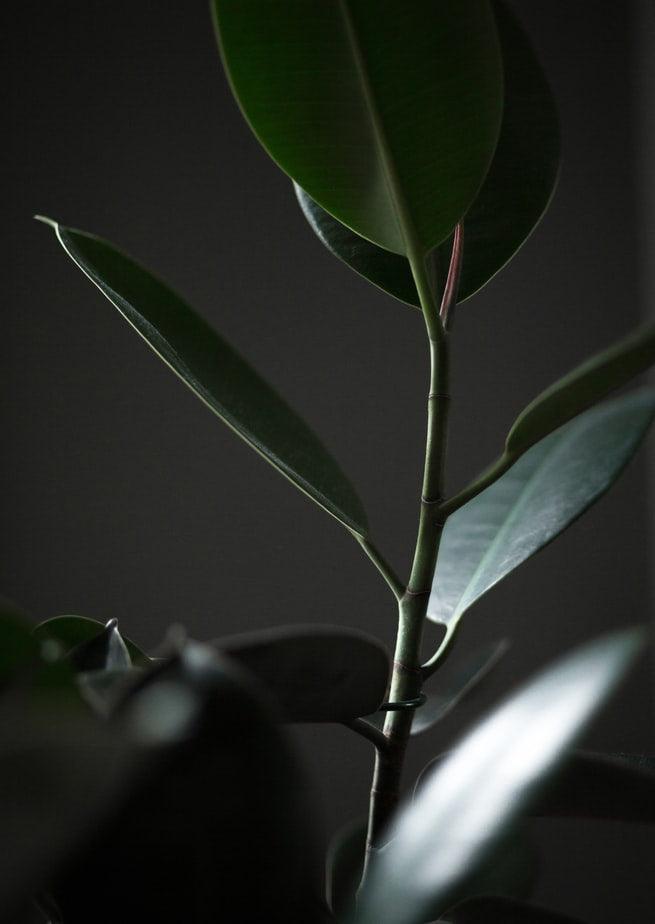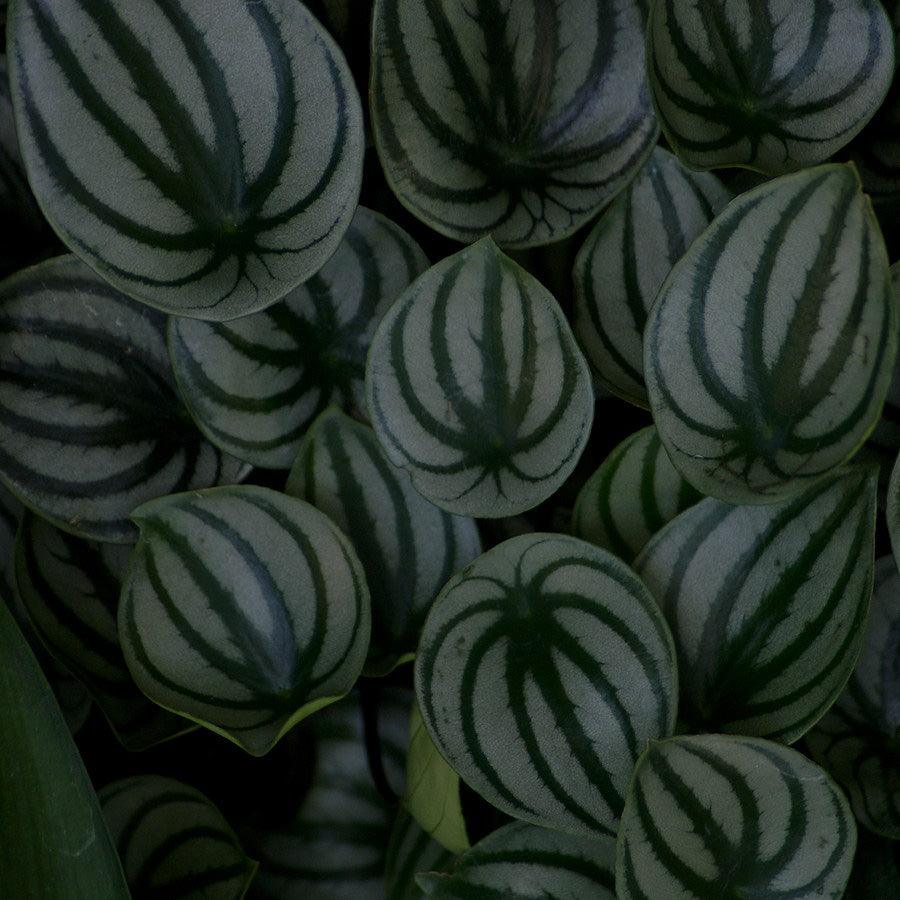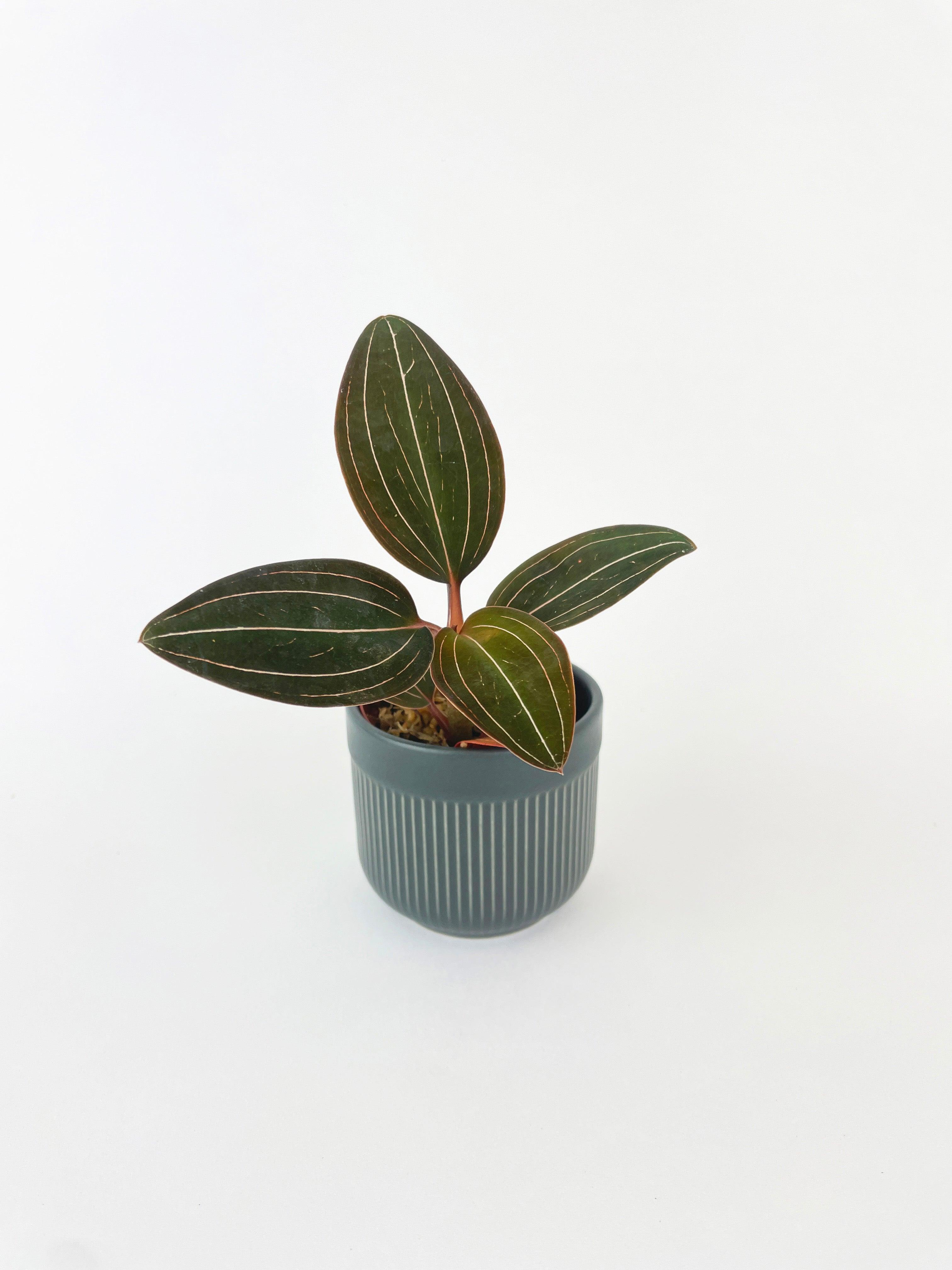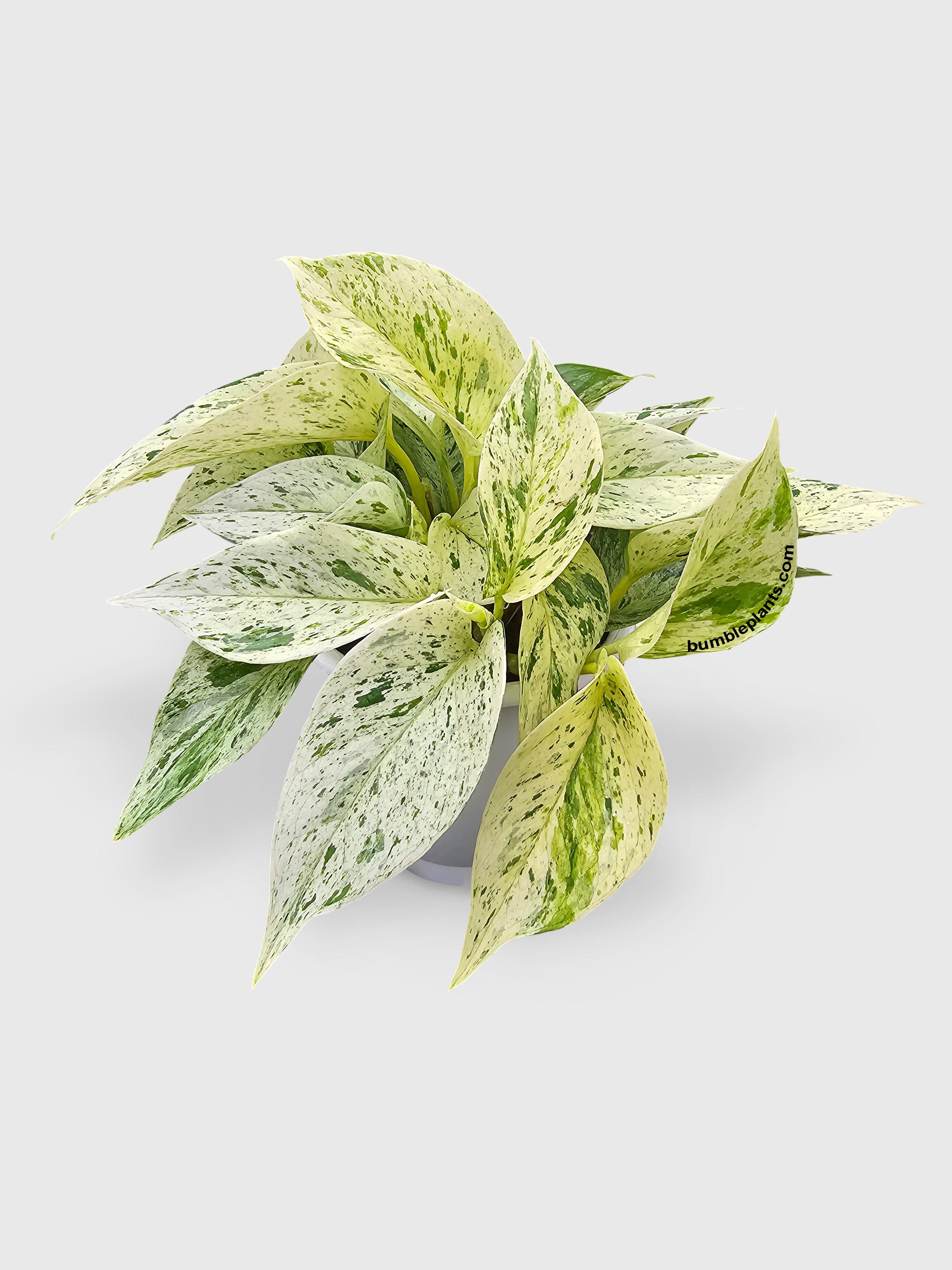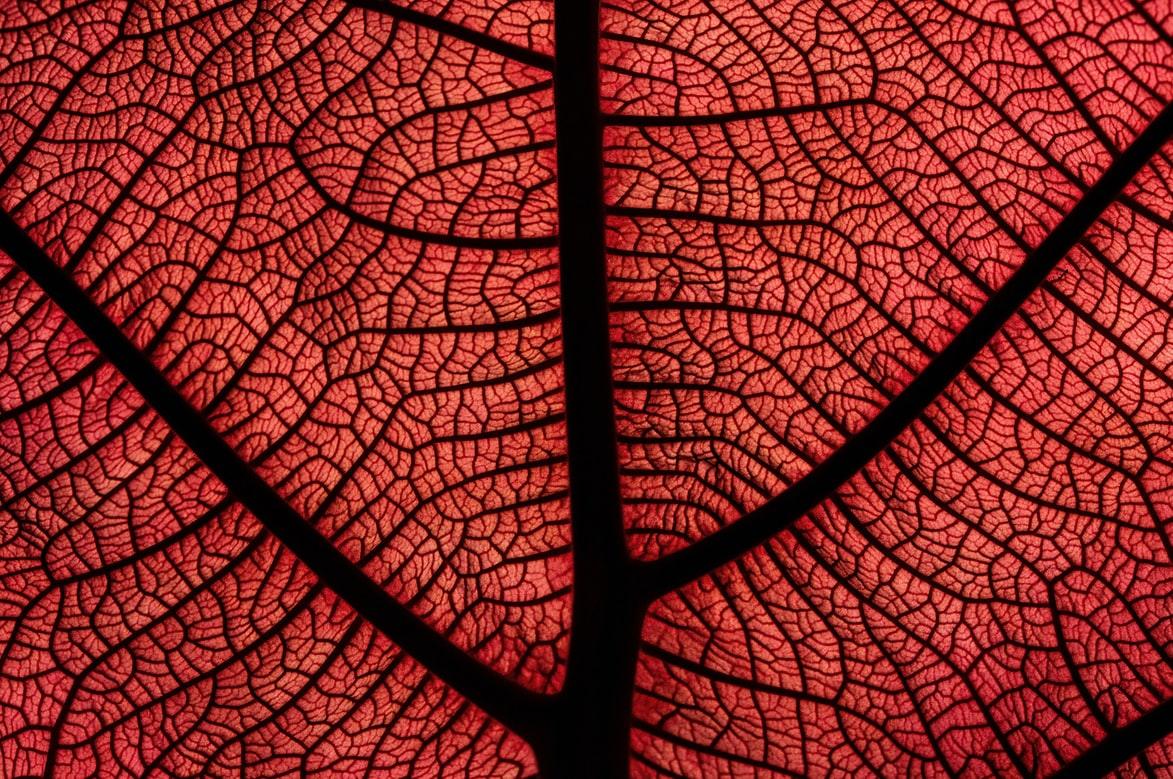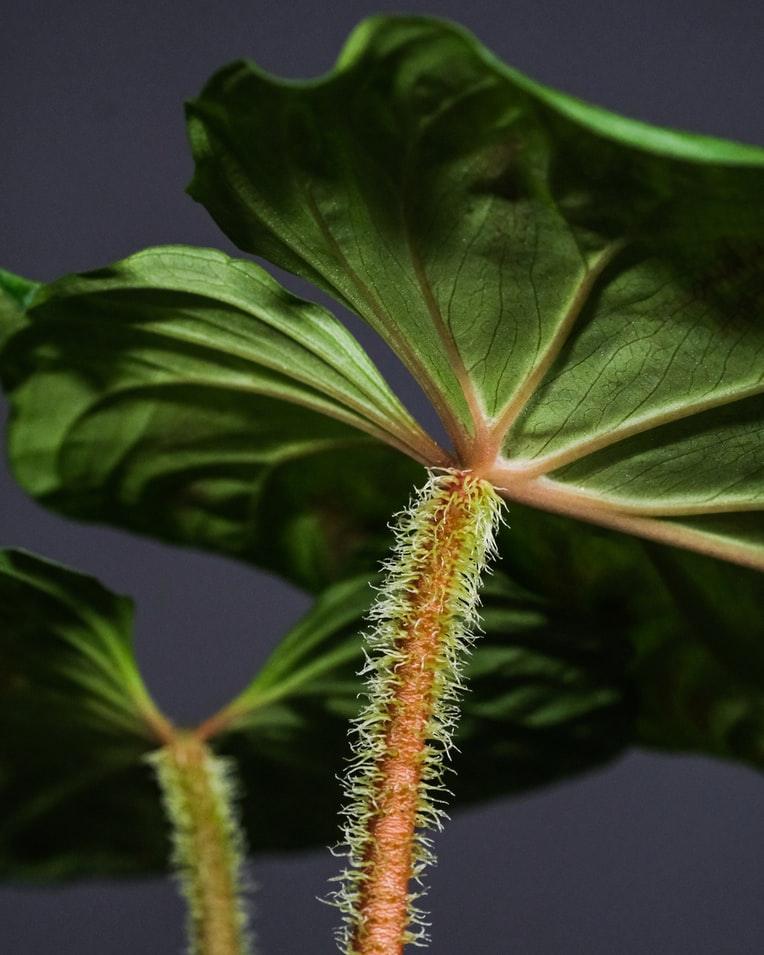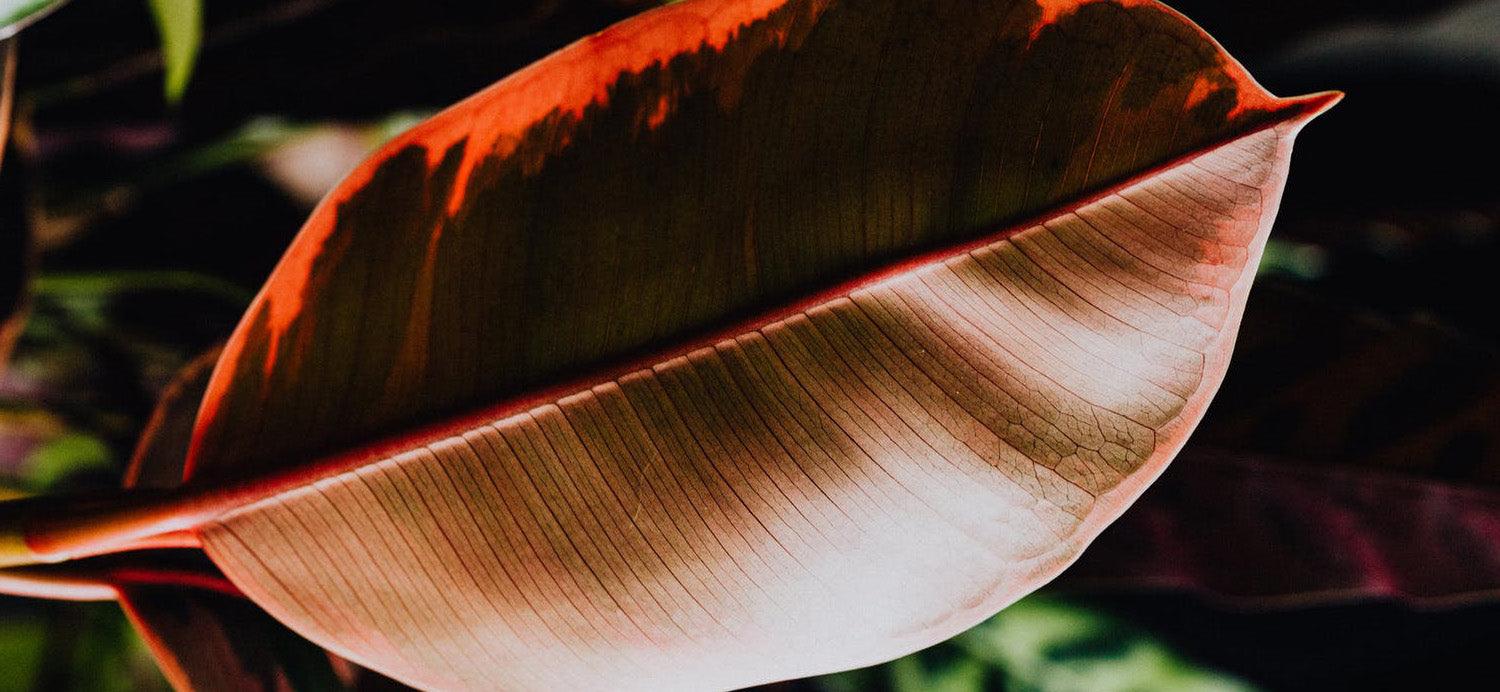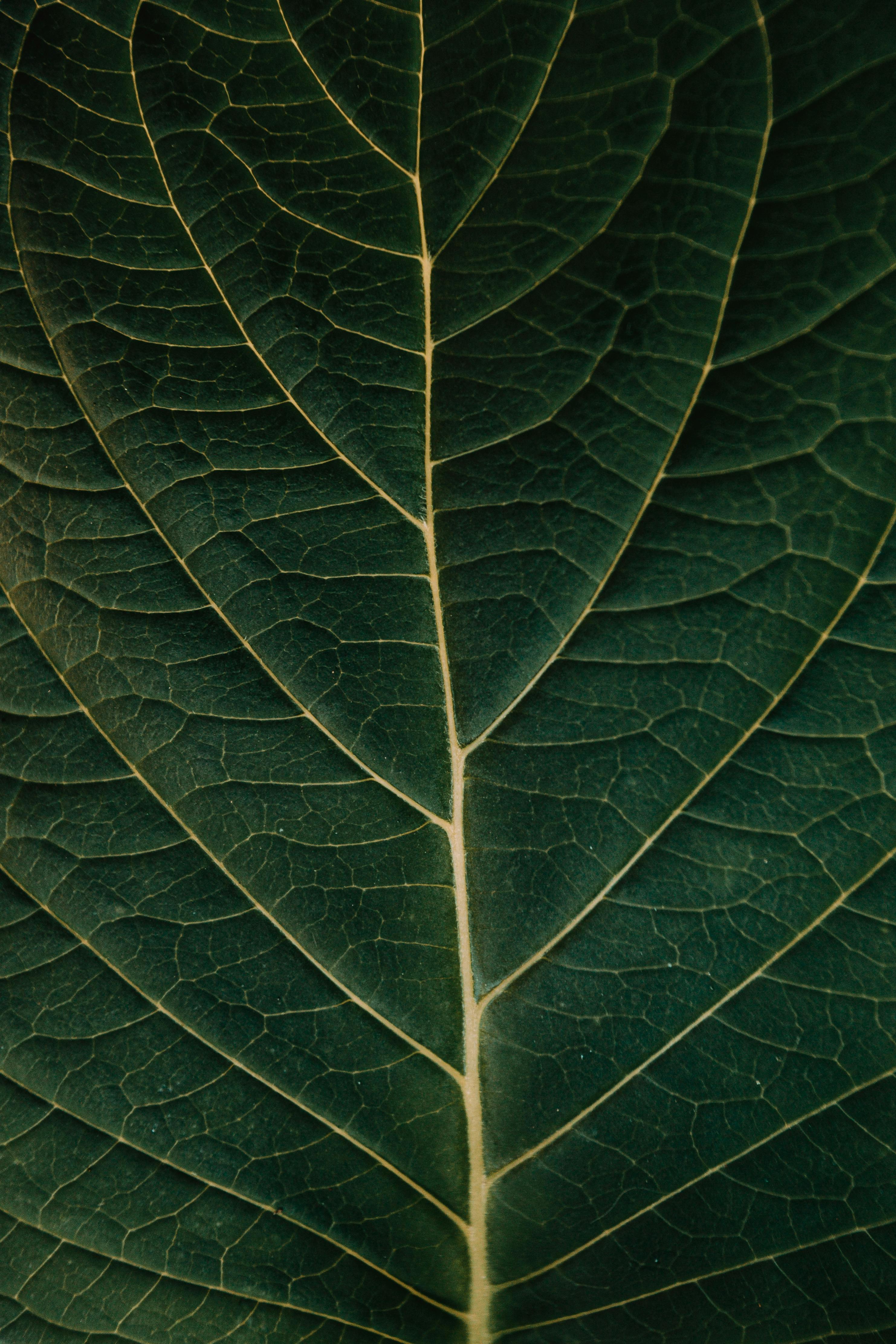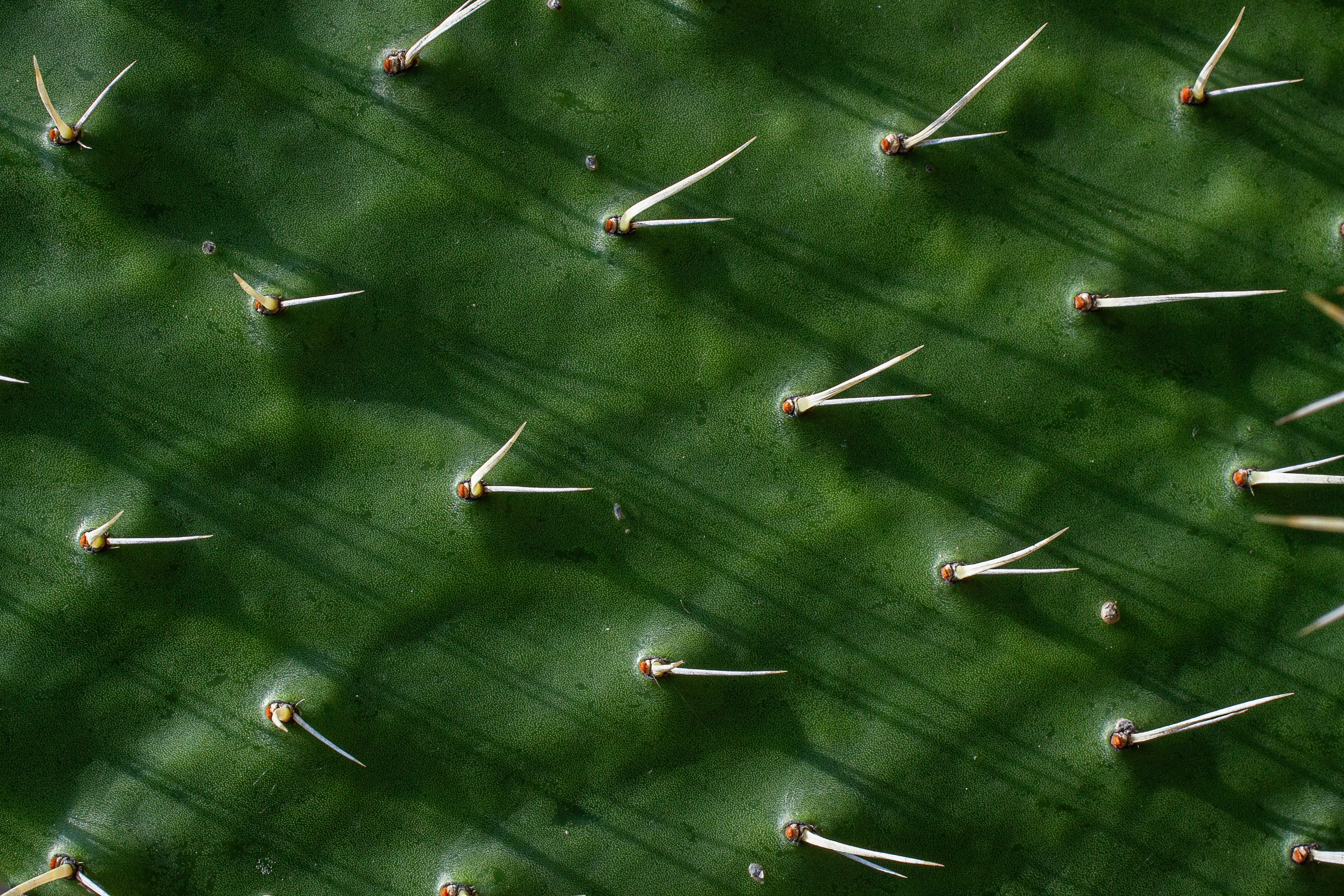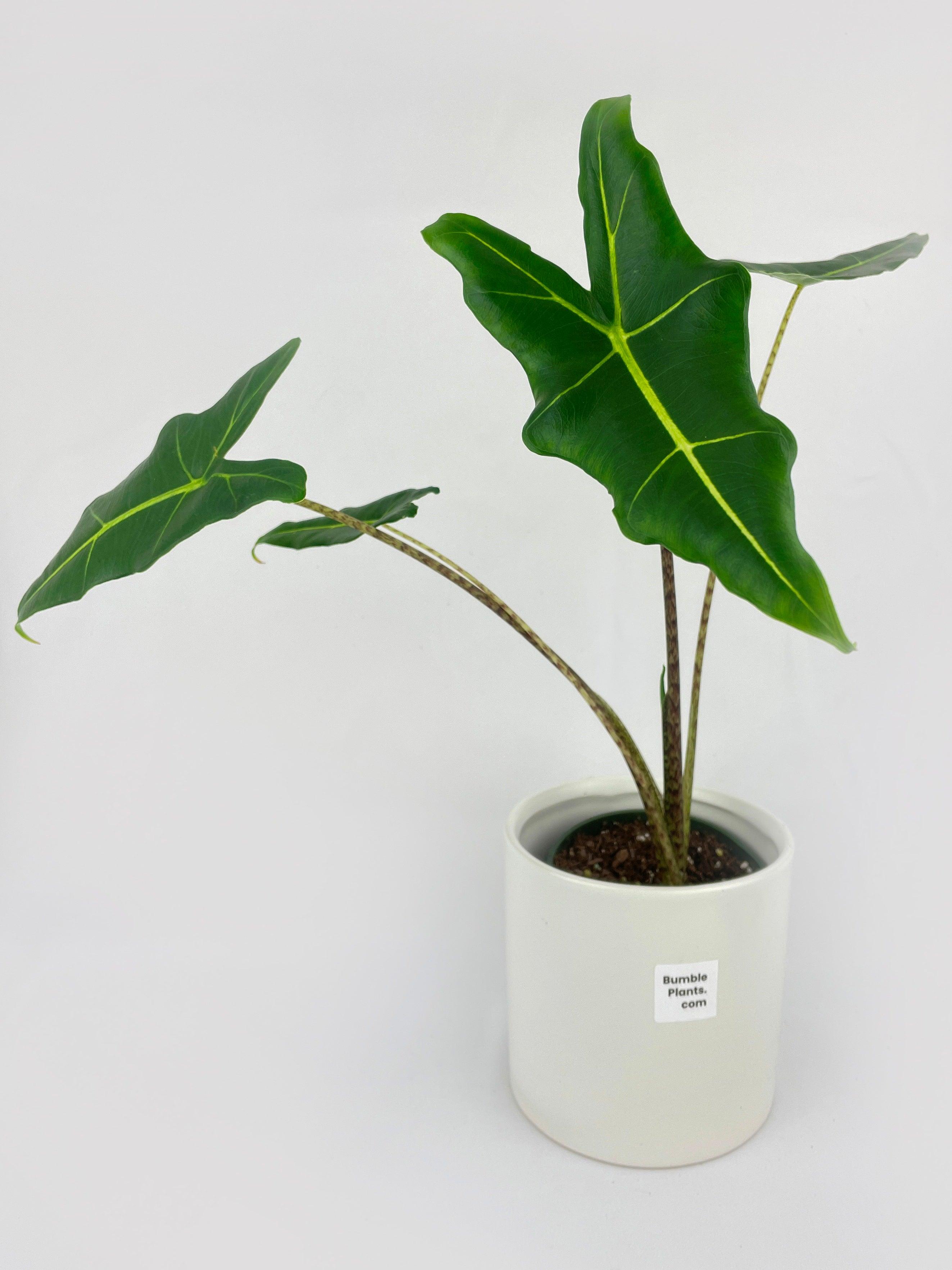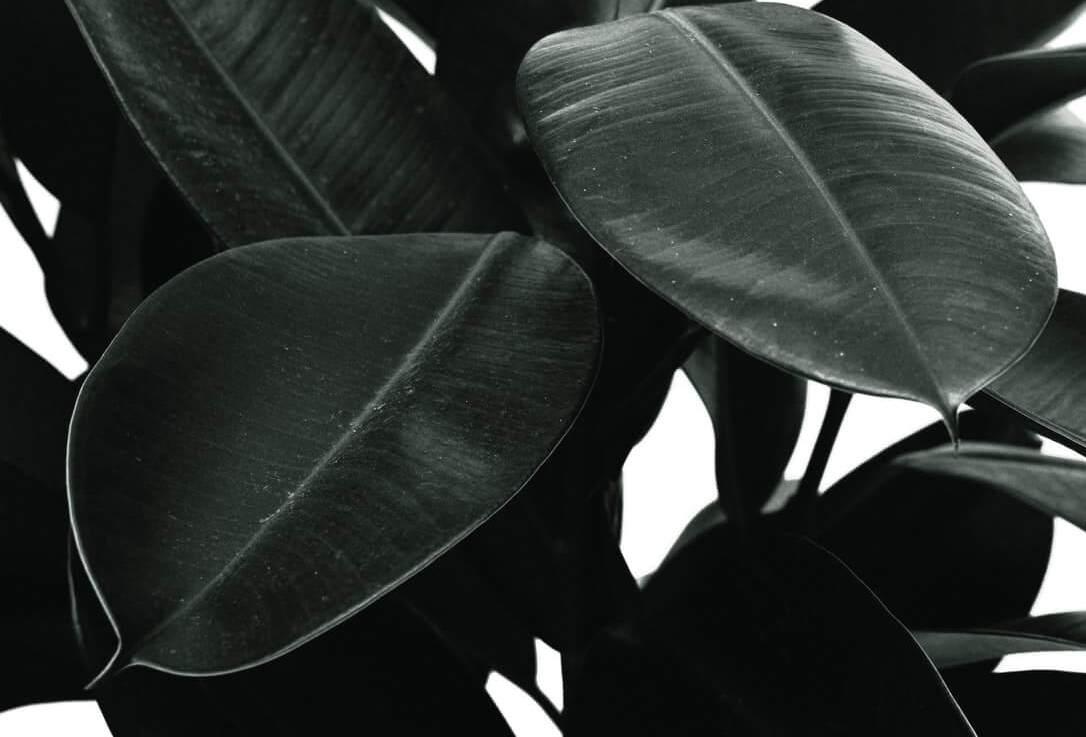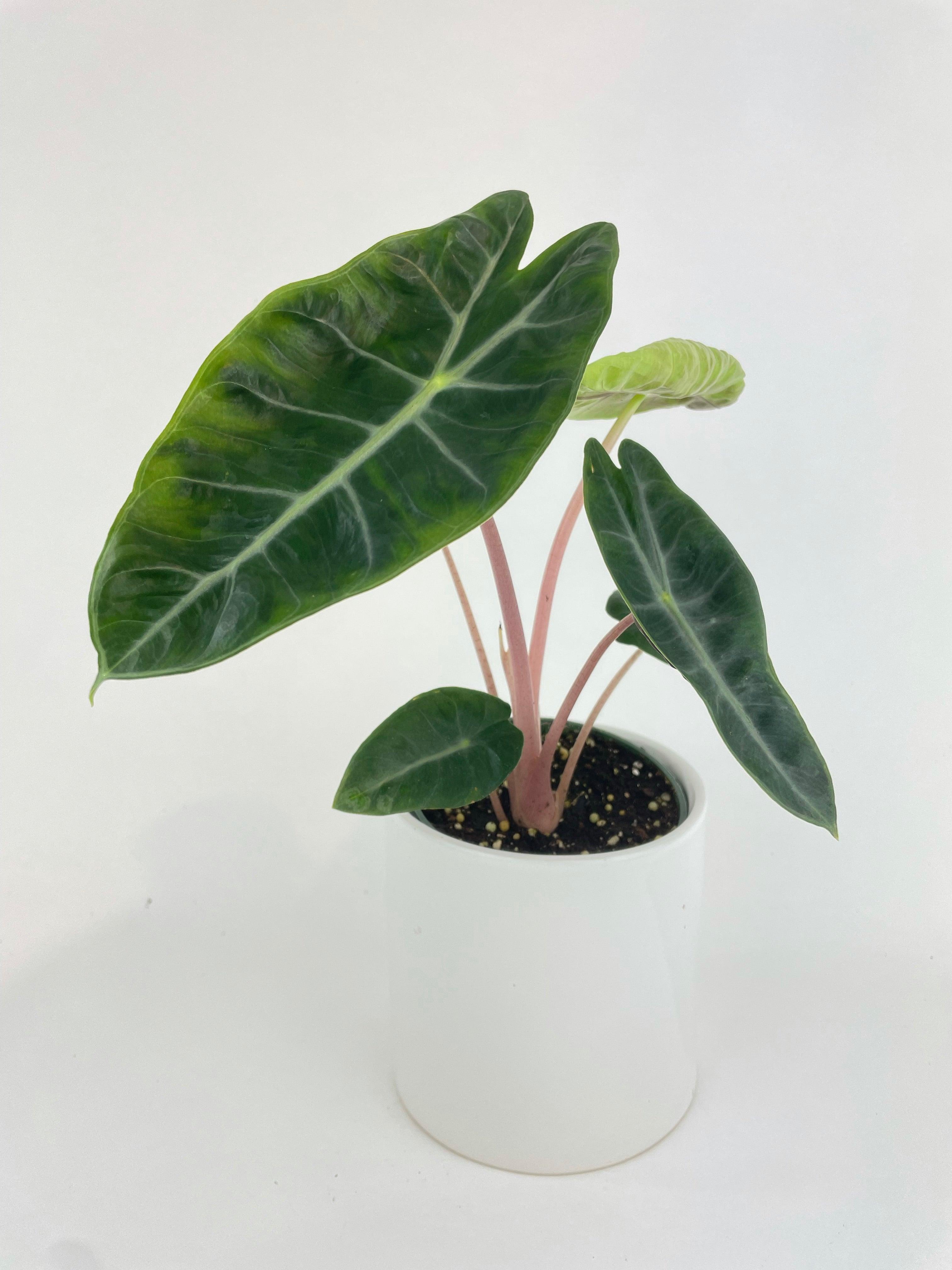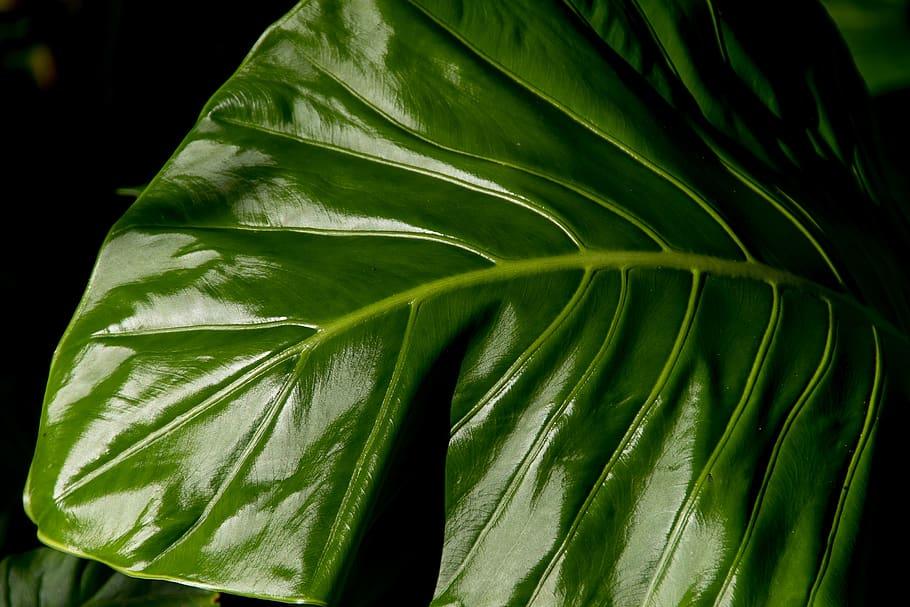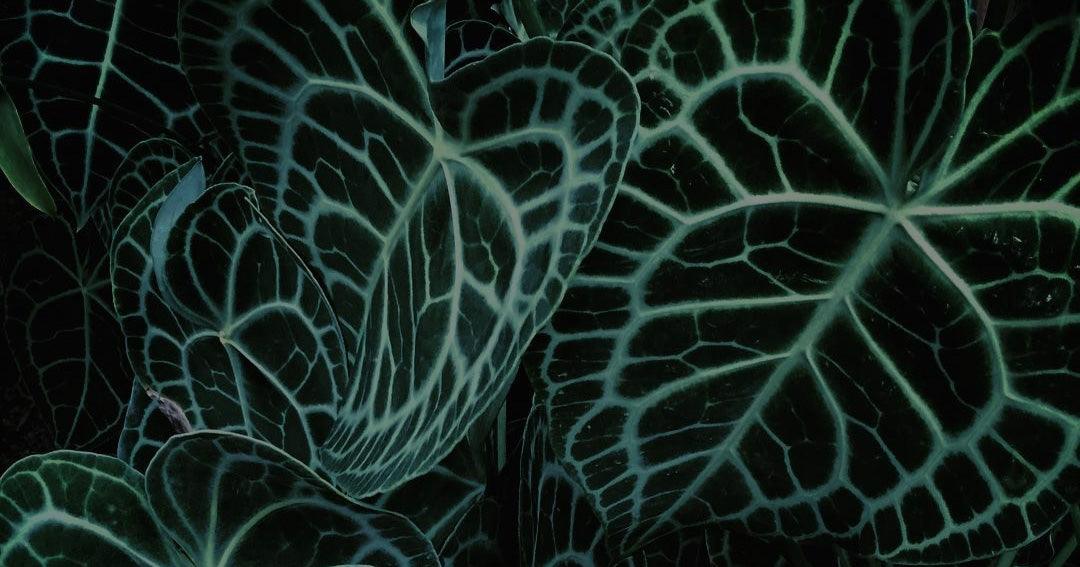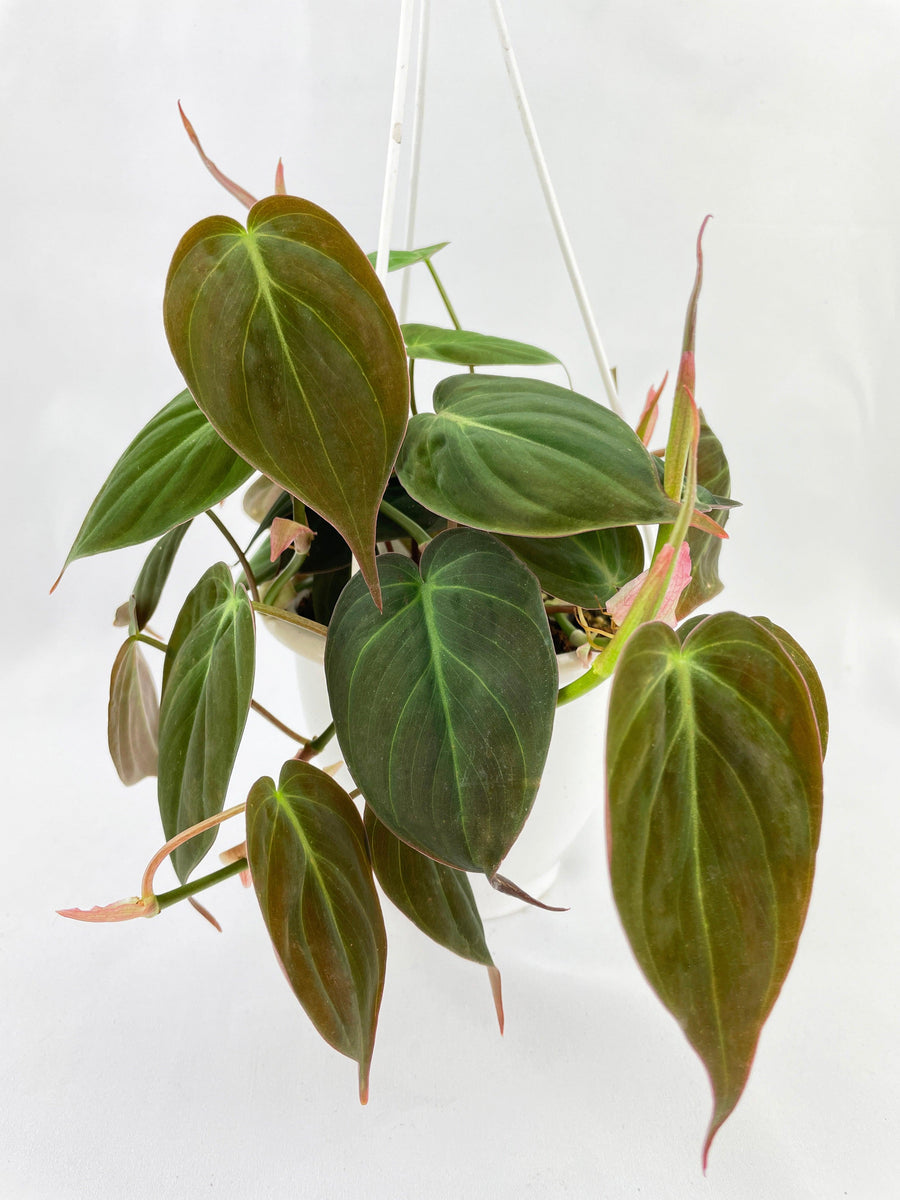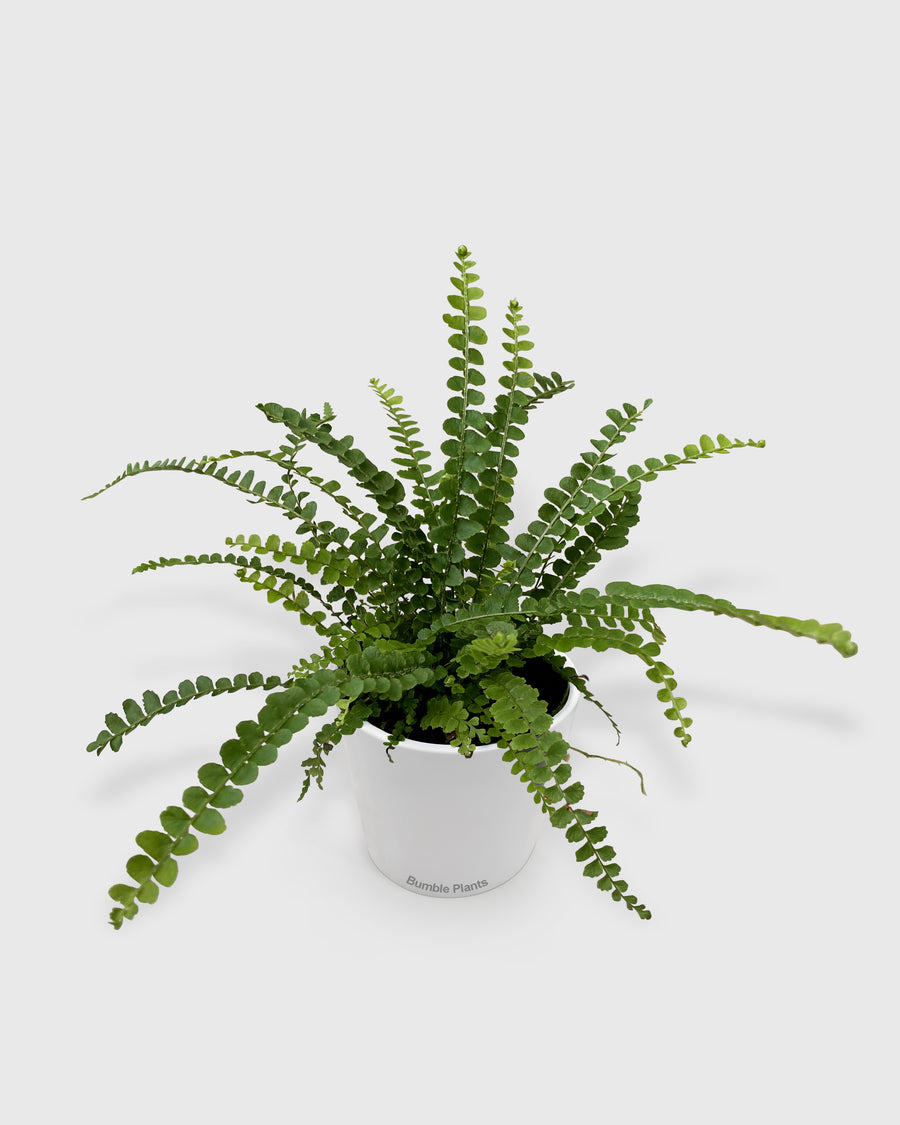The Ultimate Philodendron Pink Princess Care Manual
Welcome to The Ultimate Philodendron Pink Princess Care Manual, your comprehensive resource for nurturing and thriving with your Philodendron Pink Princess. Whether you're a seasoned plant enthusiast or a novice green thumb, this guide is designed to equip you with the knowledge and skills needed to care for this stunning plant variety with confidence and success. The Philodendron Pink Princess, also known simply as the Pink Princess, is a captivating and sought-after plant known for its striking foliage and elegant presence. Its glossy, heart-shaped leaves adorned with splashes of pink add a touch of vibrancy and beauty to any indoor space or garden setting. In this manual, we will delve into every aspect of Pink Princess care, from understanding its unique characteristics to providing the optimal environment for growth and addressing common challenges along the way. Whether you've just brought home your first Pink Princess or want to enhance your existing care routine, you'll find valuable insights and practical tips to help you nurture your plant to its fullest potential. So, whether you're drawn to the allure of its pink-hued foliage or simply seeking to expand your botanical repertoire, join us on this journey as we explore the art and science of Philodendron Pink Princess care. Let's embark on this green adventure together and unlock the secrets to cultivating a thriving Pink Princess plant that will captivate and inspire for years to come.
Understanding Philodendron Pink Princess
Exploring the Origins and Background
The Philodendron Pink Princess, a cultivar of the Philodendron genus, boasts a rich and fascinating history. Originating from the tropical regions of South America, particularly Brazil and Colombia, this mesmerizing plant has captured the hearts of plant enthusiasts worldwide. Its journey from its native habitat to becoming a beloved household favorite is a testament to its enduring allure and adaptability.
Unveiling its Botanical Features
At the heart of the Pink Princess's charm lies its distinctive foliage, characterized by glossy, heart-shaped leaves adorned with vibrant shades of pink. This captivating coloration is not only visually striking but also serves as a natural defense mechanism, helping the plant to stand out in its lush, tropical surroundings. Understanding the anatomy and structure of the Pink Princess leaves provides valuable insights into its unique growth patterns and care requirements.
Delving into Varieties and Cultivars
While the classic Philodendron Pink Princess is renowned for its pink variegation, there exists a diverse array of varieties and cultivars within the Philodendron family. From variations in leaf size and shape to differences in coloration and variegation patterns, each cultivar offers its own distinct charm and appeal. Exploring these diverse options allows plant enthusiasts to find the perfect Pink Princess specimen that aligns with their aesthetic preferences and care preferences.
Embracing its Popular Uses and Decorative Appeal
Beyond its intrinsic beauty, the Philodendron Pink Princess serves a multitude of practical and decorative purposes in both indoor and outdoor settings. Whether showcased as a statement piece in a living room, office, or garden or used to add a pop of color to a botanical display, this versatile plant never fails to make a bold and lasting impression. Understanding the various ways the Pink Princess can be incorporated into interior design schemes and landscaping projects opens up endless possibilities for creativity and expression.
Setting Up Your Philodendron Pink Princess
Selecting the Ideal Pot and Soil
Choosing the right pot and soil is paramount to ensure the health and vitality of your Philodendron Pink Princess. Opt for a pot with adequate drainage holes to prevent waterlogging, promoting healthy root growth. Additionally, select a well-draining potting mix that retains moisture while allowing excess water to drain freely. A blend of peat moss, perlite, and compost provides a balanced environment for your Pink Princess to thrive.
Understanding Lighting Requirements
Proper lighting is essential for the growth and development of your Philodendron Pink Princess. Place your plant in a location that receives bright, indirect sunlight, such as near a north or east-facing window. Avoid direct sunlight, as it can scorch the delicate foliage and cause leaf damage. If natural light is limited, supplement with artificial grow lights to ensure your Pink Princess receives the necessary light energy for photosynthesis.
Managing Temperature and Humidity
Maintaining optimal temperature and humidity levels is vital for the well-being of your Philodendron Pink Princess. Aim for temperatures between 65-85°F (18-29°C) during the day and slightly cooler temperatures at night to mimic its native tropical environment. Additionally, provide ample humidity by misting the foliage regularly or placing a humidifier nearby. Avoid exposing your plant to drafts or sudden temperature fluctuations, as they can stress the plant and affect its overall health.
Indoor and Outdoor Placement Tips
Whether you choose to grow your Philodendron Pink Princess indoors or outdoors, strategic placement is key to its success. Indoors, position your plant in a location with consistent temperature, light, and humidity levels, away from heating vents and air conditioning units. Outdoors, select a sheltered spot with filtered sunlight and protection from harsh elements, such as strong winds and heavy rainfall. Consider using a decorative pot or hanging basket to showcase your Pink Princess and enhance its visual appeal.
Watering and Moisture Control
Understanding Watering Frequency and Methods
Watering your Philodendron Pink Princess appropriately is crucial for its overall health and vitality. As a general rule of thumb, allow the top inch of soil to dry out between waterings to prevent overwatering, which can lead to root rot and other moisture-related issues. Use the "finger test" to gauge soil moisture levels by inserting your finger into the soil; if it feels dry to the touch, it's time to water. When watering, apply water evenly around the base of the plant, ensuring thorough saturation without waterlogging the soil.
Implementing Proper Drainage Techniques
Good drainage is essential for preventing waterlogged soil and promoting healthy root growth in your Philodendron Pink Princess. Ensure your pot has adequate drainage holes to allow excess water to escape freely, preventing water from accumulating at the bottom of the pot. Elevating the pot on pot feet or adding a layer of gravel or perlite to the bottom of the pot can further enhance drainage and prevent water from stagnating around the roots.
Fertilizing and Nutrition
Understanding Nutrient Requirements for Optimal Growth
Providing your Philodendron Pink Princess with the right nutrients is essential for promoting healthy growth and vibrant foliage. While Pink Princess plants are relatively low-maintenance, they still require a balanced diet of essential nutrients to thrive. Key nutrients include nitrogen (N), phosphorus (P), and potassium (K), along with micronutrients such as magnesium (Mg) and calcium (Ca). Choose a high-quality, balanced fertilizer specifically formulated for indoor houseplants, and follow the manufacturer's instructions for application rates and frequency.
Types of Fertilizers to Use
When selecting a fertilizer for your Philodendron Pink Princess, opt for a water-soluble or liquid fertilizer that is well-suited for foliage plants. Look for a balanced fertilizer with equal proportions of nitrogen, phosphorus, and potassium (e.g., 10-10-10) or a slightly higher nitrogen content to promote lush, green foliage growth. Alternatively, you can use a slow-release fertilizer granule that provides a steady supply of nutrients over time, reducing the need for frequent fertilization.
Frequency and Timing of Fertilization
Establishing a regular fertilization schedule is crucial for maintaining optimal nutrient levels in your Philodendron Pink Princess's soil. During the active growing season in spring and summer, fertilize your plant every 4-6 weeks to support vigorous growth and development. Reduce fertilization frequency to once every 8-12 weeks during the fall and winter months when growth slows down. Always dilute the fertilizer to half or quarter strength to avoid overfertilization, which can lead to nutrient toxicity and root damage.
Managing Humidity Levels
Maintaining optimal humidity levels is critical for the overall well-being of your Philodendron Pink Princess, especially in indoor environments with low humidity. Increase humidity levels by misting the foliage regularly with water or placing a humidity tray filled with water and pebbles beneath the plant. Alternatively, use a room humidifier to create a humid microclimate around your Pink Princess, mimicking its native tropical habitat and promoting lush, healthy growth.
Pruning and Maintenance
Importance of Pruning for Health and Aesthetics
Pruning plays a vital role in maintaining the health, shape, and appearance of your Philodendron Pink Princess. Regular pruning helps remove dead, damaged, or diseased foliage, allowing the plant to allocate its resources more efficiently to healthy growth. Additionally, pruning promotes air circulation and light penetration within the plant canopy, reducing the risk of fungal diseases and encouraging uniform growth and development.
Tools and Techniques for Pruning
To effectively prune your Philodendron Pink Princess, you'll need a few essential tools, including sharp pruning shears or scissors. Before pruning, disinfect your tools with rubbing alcohol or a diluted bleach solution to prevent the spread of pathogens. When pruning, make clean cuts just above a leaf node or stem junction to encourage new growth and minimize stress on the plant. Remove any yellowing, wilted, or leggy growth to maintain a compact and bushy appearance.
Removing Dead or Diseased Leaves
Regularly inspect your Philodendron Pink Princess for signs of disease, pest infestation, or nutrient deficiencies, and promptly remove any affected foliage to prevent the spread of problems. Use clean, sharp pruning shears to snip off dead or diseased leaves at their base, taking care not to damage surrounding healthy tissue. Dispose of the removed foliage in the trash or compost pile to prevent reinfestation or disease recurrence.
Training and Shaping Your Pink Princess
Pruning also allows you to shape and train your Philodendron Pink Princess to achieve your desired aesthetic preferences. Whether you prefer a compact bushy form or a trailing vine, strategic pruning can help you achieve the desired shape and structure. Encourage branching and business by pinching off the growing tips of stems, or train your Pink Princess to climb or cascade by guiding its growth along a support structure or trellis. Experiment with different pruning techniques to unleash your creativity and personalize your Pink Princess's appearance.
Dealing with Pests and Diseases
Identifying Common Pests That Affect Philodendron Pink Princess
Despite their resilience, Philodendron Pink Princess plants are susceptible to infestation by various pests that can compromise their health and appearance. Common pests include aphids, mealybugs, spider mites, and scale insects, which feed on the plant's sap and cause damage to foliage. Regularly inspect your Pink Princess for signs of pest activity, such as tiny insects, sticky residue (honeydew), or distorted growth, and take prompt action to address infestations before they escalate.
Recognizing Symptoms of Pest Infestation
Early detection of pest infestations is crucial for preventing widespread damage to your Philodendron Pink Princess. Look for telltale signs of infestation, such as yellowing or stippling of leaves, distorted growth, webbing, or the presence of tiny insects on the underside of leaves. Pay close attention to new growth and emerging leaves, as pests often target tender, succulent tissue for feeding and reproduction. Act swiftly at the first sign of pest activity to minimize damage and protect your plant's health.
Implementing Natural and Chemical Pest Control Methods
When dealing with pest infestations on your Philodendron Pink Princess, consider employing a combination of natural and chemical control methods for effective management. Begin by physically removing pests with a gentle stream of water or by wiping affected foliage with a damp cloth to dislodge insects and remove honeydew residue. For persistent infestations, use organic insecticidal soaps or neem oil-based sprays to suffocate and repel pests while minimizing harm to beneficial insects and the environment.
Propagation and Repotting
Exploring Propagation Methods: Seeds, Cuttings, Division
Propagating your Philodendron Pink Princess allows you to expand your plant collection and share the beauty of this stunning cultivar with friends and fellow plant enthusiasts. There are several methods of propagation to choose from, including seeds, stem cuttings, and division. Seeds are rarely used for Pink Princess propagation due to their unpredictable results and slow growth. Instead, stem cuttings are the preferred method, as they yield faster and more reliable results. Division, which involves separating the plant into smaller sections with roots, is another effective propagation technique suitable for mature Pink Princess plants.
Choosing the Right Time for Repotting
Repotting your Philodendron Pink Princess is necessary to provide adequate space for root growth and refresh the potting mix. The best time to repot your plant is in the spring or early summer when it's actively growing and has sufficient time to acclimate to its new environment. Look for signs that your Pink Princess has outgrown its current pot, such as roots protruding from drainage holes or becoming pot-bound. When repotting, choose a slightly larger pot with good drainage and fresh potting mix to support your plant's continued growth and vitality.
Steps for Successful Propagation and Repotting
To propagate your Philodendron Pink Princess from stem cuttings begin by selecting a healthy, mature stem with several nodes and healthy leaves. Use clean, sharp scissors or pruning shears to make a clean cut just below a node, ensuring the cutting is at least 4-6 inches long. Remove any lower leaves from the cutting to expose the nodes, then place the cutting in a glass of water or potting mix to encourage root development. Keep the cutting in a warm, humid environment with bright, indirect light, and monitor its progress regularly. Once roots have formed, transplant the cutting into a suitable potting mix and care for it as you would a mature plant.
Conclusion
As we conclude "The Ultimate Philodendron Pink Princess Care Manual," it's essential to reflect on the valuable insights and practical tips we've explored together. Throughout this comprehensive guide, we've delved into every aspect of caring for your Philodendron Pink Princess, from understanding its origins and botanical features to mastering essential care techniques and troubleshooting common issues. By now, you have gained a deeper appreciation for the beauty and resilience of the Pink Princess plant and have equipped yourself with the knowledge and skills needed to nurture it with confidence and success. Remember, caring for your Philodendron Pink Princess is not just a task—it's a journey of discovery, growth, and connection with nature.


